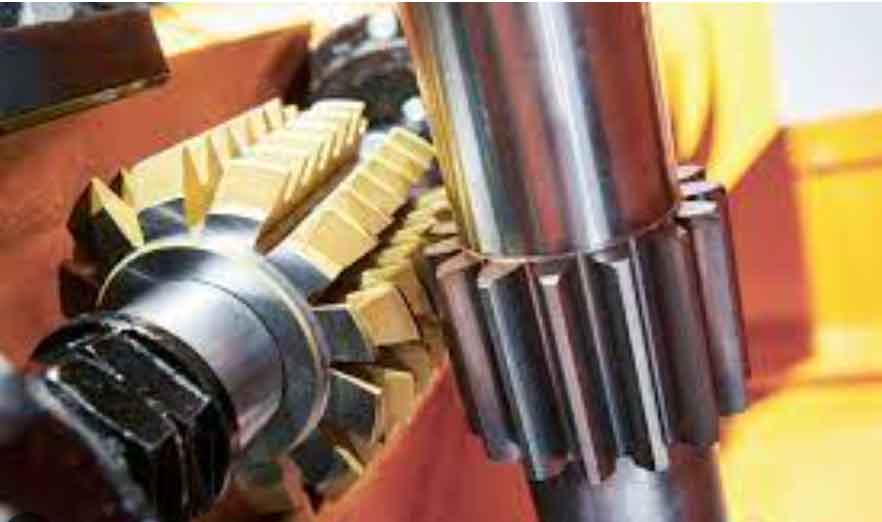
Gear hobbing is an excellent choice for high-volume production of gears due to its efficiency and cost-effectiveness. When it comes to mass-producing gears with consistent quality and precision, gear hobbing offers several advantages that make it a preferred method in many industries. Here’s how gear hobbing excels in high-volume production:
1. Continuous Cutting Process:
Gear hobbing is a continuous cutting process, meaning that multiple gear teeth are cut in a single rotation of the workpiece. This leads to high productivity and efficiency, as each rotation of the workpiece results in the production of several gear teeth. The continuous cutting action significantly reduces machining time, making it ideal for high-volume production runs.
2. Rapid Setup and Changeover:
Gear hobbing machines are designed for quick setup and changeover between different gear types and sizes. Once the machine is configured for a specific gear type, it can consistently produce large quantities of gears without frequent adjustments. This quick setup time reduces downtime and ensures a smooth production flow, making it well-suited for high-volume manufacturing.
3. Consistent Quality and Accuracy:
The continuous and controlled cutting action of gear hobbing ensures consistent gear quality and accuracy across all produced gears. With proper machine calibration and tooling, gear hobbing can achieve tight tolerances and precise tooth profiles, meeting the required specifications for high-performance gears.
4. Economies of Scale:
High-volume production benefits from economies of scale, where the cost per gear decreases as the production volume increases. Gear hobbing becomes more cost-effective as the quantity of gears produced goes up, making it a competitive choice for mass production applications.
5. Versatility for Various Gears:
Gear hobbing is versatile and can produce a wide range of gears, including spur gears, helical gears, worm gears, and splines. This flexibility allows manufacturers to cater to various industries and applications, consolidating production efforts.
6. Automation Integration:
In high-volume production, automation can be integrated into gear hobbing processes. Automated loading and unloading systems, as well as robotic tool changes, further improve efficiency, reduce labor costs, and optimize machine uptime.
7. Process Optimization:
With high-volume production, manufacturers can focus on process optimization and fine-tuning to achieve maximum efficiency. Continuous improvement efforts can lead to reduced cycle times and increased output, further enhancing cost-effectiveness.
8. Cost-Effective Tooling:
The cost of hobbing tools can be relatively economical for high-volume production, especially when considering their long tool life and high durability. Proper tool selection and maintenance contribute to cost savings and productivity gains.
Overall, gear hobbing’s continuous cutting process, consistent quality, rapid setup, and versatility make it a reliable and cost-effective choice for high-volume gear production. With the right equipment, tooling, and process optimization, manufacturers can efficiently meet the demands of various industries while maintaining competitive pricing.
